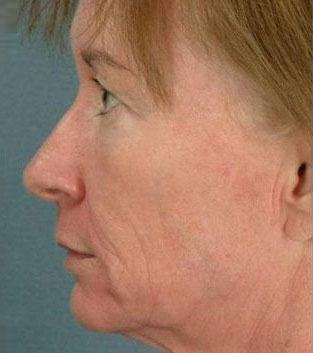OR CALL OUR CLINICS
OR CALL OUR CLINICS
BARNET
SELECT YOUR TREATMENT
Either inherited or acquired through environmental causes, sagging skin is a condition characterized by deficient elastic fibres of the skin. Loose or saggy skin around the face, neck, and chest is a common change during the ageing process. This can cause some people to feel not quite as self-assured or comfortable with their appearance, so it’s important to keep the body thriving and healthy.
HC MedSpa provides a perfect blend of advanced aesthetic treatments,
premium beauty services and positive lifestyle enhancement.
Over time, the skin's underlying structure breaks down, robbing the skin of its definition, youthful plumpness and resilience. Skin also renews itself much more slowly than it once did. Due to these factors the skin starts to sag and hang. Some doctors say that once skin starts to slacken, pores often look larger, as if they've been stretched out of shape.
The most common cause of sagging skin is ageing. Other contributing factors to sagging skin are exposure to sun, genetics, extreme weight loss and smoking.
There are several preventive measures that can be taken to avoid sagging skin. While trying to lose weight, the best way to do it is slowly and steadily, the muscle is often lost with the fat when weight is lost rapidly; the muscle acts as a supportive tissue that holds the skin on the body. A healthy diet keeps the elastin and collagen – proteins fibres that help support the structure of skin – strong. In general, good skin requires commitment to a diet that's filled with nutrient-rich foods and that are low in fat and sugar. Too much sugar may damage skin, increasing the risk of sagging. More specifically, getting enough vitamin C from foods is vital, such as red and green peppers, spinach and broccoli, brussel sprouts, strawberries, oranges and kiwifruit. Vitamin C is essential for the production of collagen, as it improves the appearance of skin. Also, foods rich in linoleic acid, a type of fat found in chicken, nuts, seeds and vegetable oils, helps support better skin strength and structure. Adequate hydration also plumps skin to minimize sagging. Regular exercise, including cardio and strength training, may limit muscle loss while you lose weight, which may improve the look and tone of the skin.
Those affected by sagging skin are mostly the older generation. Obese or over weight individuals can suffer from sagging skin, especially if they attempt to lose the weight rapidly. Professional athletes and body builders are prone to sagging skin if they do not continue on the same regime.
Drag the directional arrow left & right to view
Before and After photos


Hena Group Limited, Company number: 05338032
© 1993 - 2024 Sitemap
